The project titled Disarming the culture is an attempt, firmly rooted in the Central East European reality, to start a dialogue with the previous concept of transforming the Arc de Triomphe in Paris into the World Institute for the Abolition of War (presented for the first time in Harvard Design Magazine in 2010). The authors, natives of Poland, Krzysztof Wodiczko and Jarosław Kozakiewicz, focus on armed conflicts, wars, and battles that have always resulted in ruined economies, destroyed cities and devastated landscapes. It seems that we are simply not able to renounce war and aggression, and the very concept of war as an inter-human communication tool is deeply embedded in the collective imaginary. Great monuments dedicated to the past wars, with their glorifying symbolism, tantalize us to enter an endless stream of military conflicts. They delude us and prevent us from thinking about warfare in critical and analytic terms.
The newest project, Disarming the culture, has been exhibited in the Polish gallery: SKALA in Poznan, in the west of Poland. It consists of a description of the idea behind it together with plants, sketches, architectural models and video projections. The gallery’s name pays homage to Jozef Rotblat, a Polish-born British-based physicist and one of the founders of the Pugwash Conferences on Science and World Affairs. The Pugwash Conference is a non-governmental organisation whose main purpose is to support the balance between scientific advancements and international peace and geopolitical stability. It won, jointly with Rotblat, the Nobel Peace Prize in 1995, and Rotblat was the only scientist to refuse to participate in the Project Manhattan (1942-46) due to ethical and moral concerns.
Since 1980s Krzysztof Wodiczko lives and works in New York City and is most famous for his public art projects and installations. His artistic practice, which takes place in the urban context, both imposes itself on and revives the city’s landscape. Because the urban space which surrounds us cannot be simply removed or eliminated from our perception, we need to draw from and interact with it, creating a continuous play between the structured, developed architectonic spaces and those imposed by artistic concepts. Wodiczko has previously worked on various urban projects, always intensely utopic, like the Memorial to the Abolition of Slavery in Nantes which he created in 2012.
Together with the visual artist Jaroslaw Kozakiewicz, Wodiczko proposed to establish a new kind of institution, one which seeks to create peaceful art and deeper analytic understanding of the cultural, economic and socio-political factors that have contributed to various wars for centuries. The World Institute for the Abolition of War was rightly proposed to be in the vicinity of the Arc de Triomphe, one of the most famous war monuments. According to Wodiczko, the ideological impact that the Arc would lend to the Institute, and its healing and peaceful power, would transform it commencing a change in our thought process, which until now, was focused on the culture of conflict.
Eventually, The World Institute for the Disarming of Culture and Abolishing Wars found its place in the largest square in Poland’s capital – Pilsudski Square, in close proximity to the Zacheta National Gallery of Art, where it was first exhibited back in 2016. The square with its imposing grandeur comprises symbolic centre of Warsaw and, by extrapolation, the whole of Poland. It is indeed a crucial place for the collective memory of Poles, the history of the square long and complicated and subject to violent and oft-changing political currents. During the Second World War it was renamed Adolf Hitler Square; now, it is the place of the Tomb of the Unknown Soldier, a monument dedicated to all unknown soldiers who had died for their country and its independence. The square is also witness to many important manifestations and celebrations commemorating the past wars from Poland’s long history. Wodiczko and Kozakiewicz’s idea is to transform and improve the place which has always seemed a little bit stern and uninviting.
The project imagined, instead of a new building, an underground passage which would lead to the Tomb of the Unknown Soldier and make it an integral part of the establishment. This would allow to keep the urban landscape unpolluted by unnecessary structures. The new spaces under the square would be dedicated to scientific and artistic research focusing on the dynamics of military conflict around the world. An open space, a cultural centre, one which would invite everyone who wishes to participate in the public as well as academic debate surrounding the issues of peace and war; the space would invite everything and everyone who disarms the contemporary culture increasingly tainted by ubiquitous violence.
Julia Korzycka
Translated by Isabella Wódzka
Krzysztof Wodiczko and Jarosław Kozakiewicz. Disarming the culture. A project by the Jozef Rotblat World Institute for the Disarming of Culture and Abolishing Wars.
Galeria: SKALA
Curated by Marek Wasilewski
Poznań, Poland
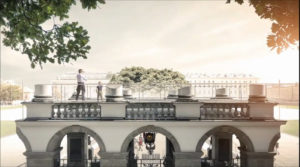
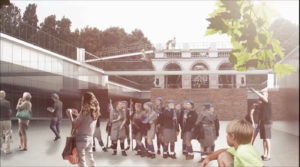
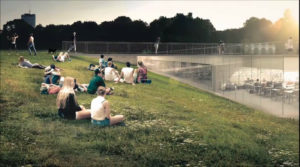
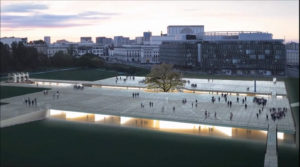
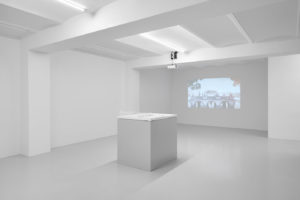

is a contemporary art magazine since 1980


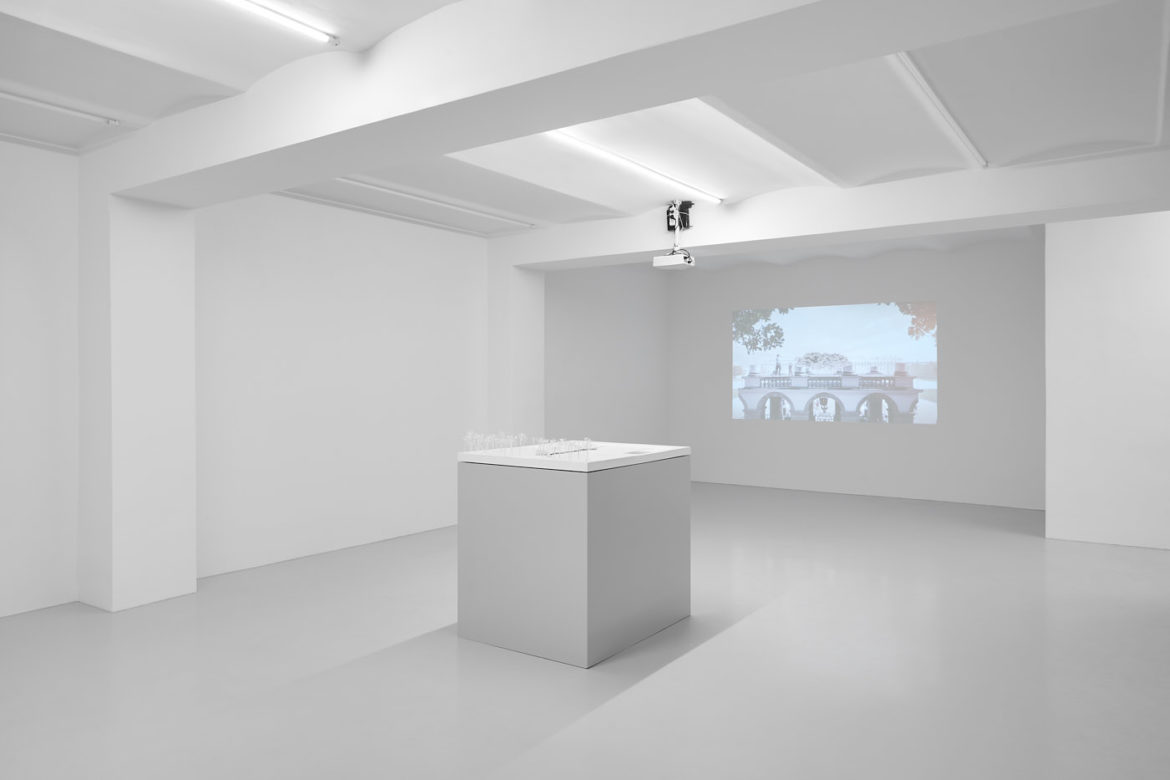
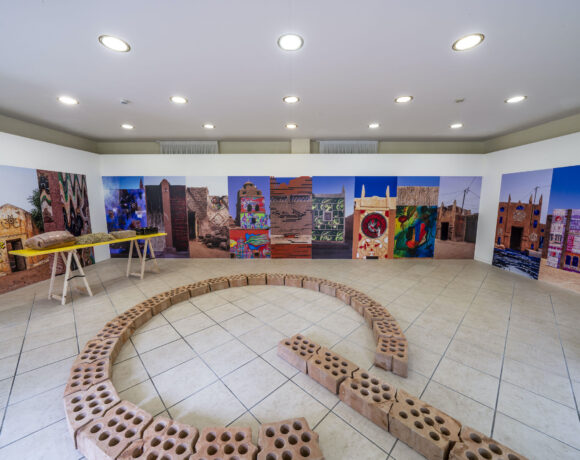
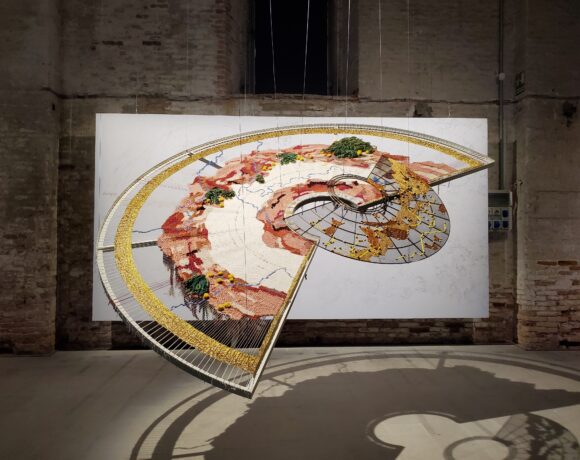
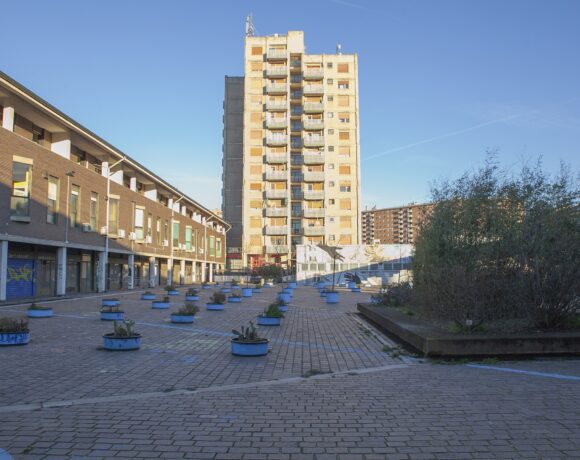

NO COMMENT